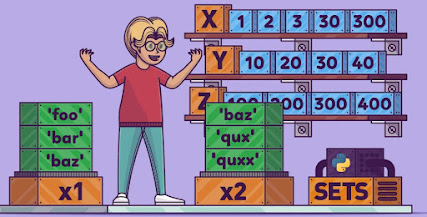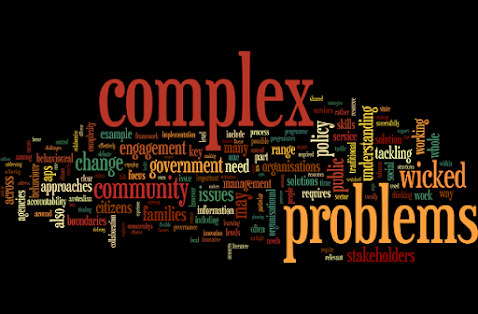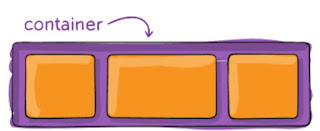Python Dictionaries

Python Dictionaries What is a Dictionary? A dictionary in Python is an unordered collection of key-value pairs. It's like a real-world dictionary where you look up a word (key) to find its definition (value). What are the features of the dictionary in Python? In Python, a dictionary is an unordered collection of items that stores data in key-value pairs. Here are the key features of dictionaries: Key-Value Pairs : Each item in a dictionary consists of a key and a corresponding value. Keys must be unique and immutable (e.g., strings, numbers, tuples), while values can be of any data type. Unordered : Dictionaries do not maintain the order of items. However, as of Python 3.7, dictionaries preserve the insertion order of keys. Mutable : Dictionaries can be modified after creation. You can add, remove, or change items. Dynamic Size : The size of a dictionary can grow or shrink as items are added or removed. Fast Lookups : Dictionaries provide average-case time complexity of O(1) for l...




